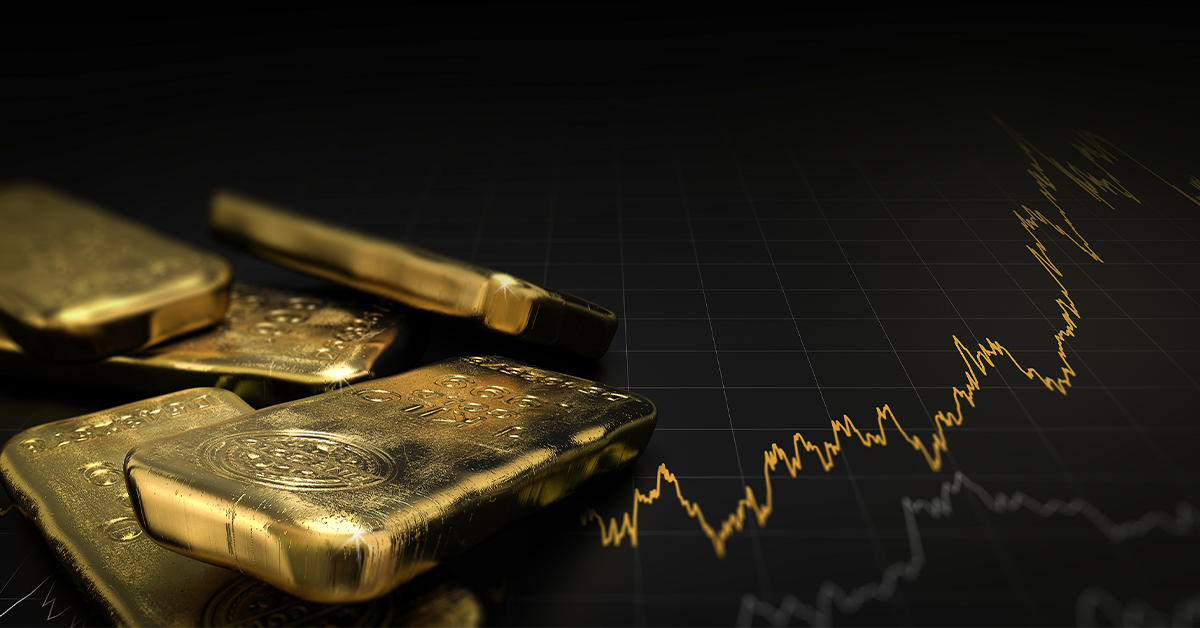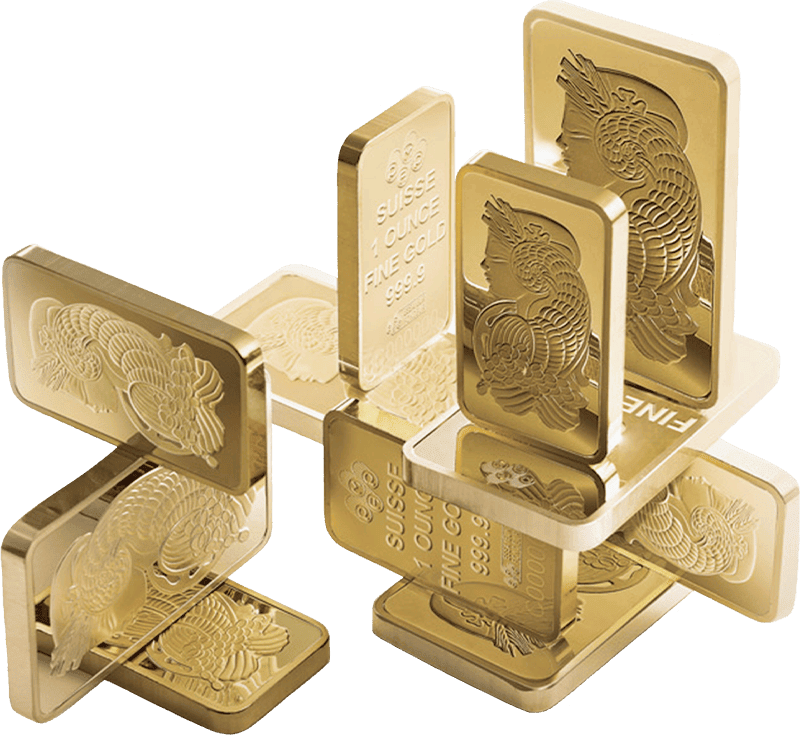
We're standing in the middle of a crossroad. What will happen next?
04. 08. 2022What now and what next? This is a question that worries almost all of us in the context of savings, the development of the economy and the current cost of living. And it's no surprise. We are in a completely new situation. If someone had told us this a few years ago, they would have been accused of spreading fake news. Pandemics, political uncertainty or war have a major impact on the economies of all countries in the world.

All of this is reflected in rising prices of goods and services, causing unprecedented inflation while significantly affecting the prices of various assets. Answering the question of what exactly is happening right now is not easy, but answering the question of what happens next is even harder.
Markets are at a very complicated and complex crossroads. Probably no one can determine which of the possible paths our future will take. All we can do is try to divine from a crystal ball, or try to play chess with all the economies of the world. Where will the market go if country X behaves in way Y? Well, we do not know.
The forecasts of analysts and investment strategists differ in their short-term predictions of the gold price. On the contrary, there is agreement on the importance and prospects of gold as a long-term and stable asset.
According to Mark O'Donnell of Blackbull Markets Limited, the gold price is also influenced by central bank policy and the rise in the USD basic interest rate, which strengthens the dollar against gold. Many countries are raising their interest rates as aggressively or more aggressively than the US FED. For example, the European Central Bank surprised the markets by raising its rates by 50 basic points, i.e. twice as much as market expectations.
Last week, the FED decided to raise the basic rate by another 75 basis points, but it was not that significant for the USD.
“This sentiment of rising rates in the US may end up sending gold higher,” writes O'Donell.
In contrast to O’Donnell, Rich Checkan talks more about the development of the price of gold. He points out that the price of gold is going through some corrections, however, these corrections are much smaller than for some other assets.
“Gold tends to depreciate in a deflationary environment, but it outperforms other asset classes in every way by depreciating much more slowly,” Checkan writes. He recalls that economists were surprised by the recent drop in the price of the precious metal from the level of 1,900 – 1,950 to 1,700 – 1,750 USD per troy ounce.
But alongside that, Checkan points out: “We are currently looking at only a short stretch of gold's behaviour. Since 2000, the precious metal has appreciated by approximately 500% while the three major US stock indices have appreciated by 160 to 180%. The correction is therefore not a scarecrow, he says, but an opportunity to buy temporarily cheap gold.”
In this context, it is important to note that rising energy prices and other costs also affect gold mining and processing. So gold is likely to become even rarer soon.
Gold, like other assets and the world, is at a crossroads now and predictions are very difficult to make. But unlike stocks, bonds or funds, however, the yellow metal is thousands of years more experienced. In its physical form, it has already proven that it can get its owners out of a difficult situation with a little more insight than many other assets.
Forecasts for the near-term development of the gold price vary. Combined with historical experience, where gold has managed to lead many portfolios out of crises and helped investors to overcome economically unfavourable periods, it is still true that physical gold is a safe and important asset in the long term.




